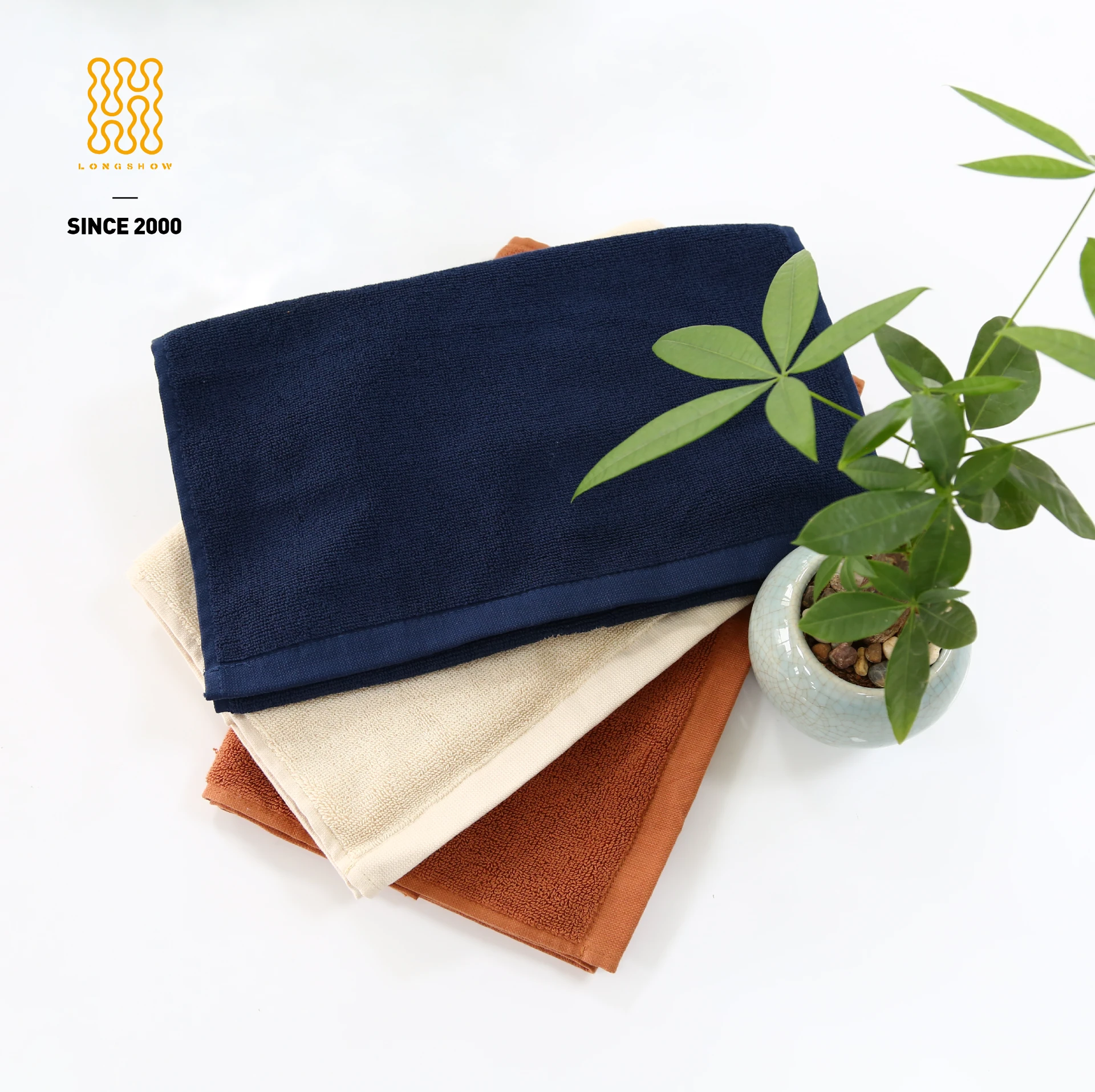what are bath towels
Understanding Bath Towels Materials, Sizes, and Uses
Bath towels are an essential item in every household, playing a crucial role in personal hygiene and comfort. They are typically the last item used in the bathing process and are integral to drying off after a shower or bath. Despite their common place in bathrooms, many people may not fully appreciate the nuances of bath towels, including their materials, sizes, and proper care.
Materials of Bath Towels
Bath towels come in a variety of materials, each with its unique characteristics. The most common fabric is cotton, known for its absorbency and softness. Cotton towels are favored for their plush texture and ability to soak up water efficiently. Within this category, there are several types of cotton towels, such as Egyptian cotton, Turkish cotton, and organic cotton.
- Egyptian Cotton This is considered a premium choice, due to its long fibers which create a plush and highly absorbent towel. It is known for its durability and softness, making it a luxurious option for many.
- Turkish Cotton Turkish towels, or peshtemals, are lightweight and quick-drying. This makes them ideal for travel or for those who prefer a towel that doesn't take up much space. They can also be more breathable compared to heavier cotton towels.
- Microfiber Though not traditional, microfiber towels are becoming increasingly popular due to their lightweight nature and rapid drying capabilities. They are often used by athletes or for travel because they absorb water effectively and take up little room in a bag. However, some users find them less luxurious than cotton options.
Sizes of Bath Towels
Bath towels vary in size, typically ranging from standard to oversized. The most common size for a bath towel is about 27 by 52 inches. Standard towels are suitable for most adults and provide sufficient coverage after a bath or shower. However, oversized towels, often around 30 by 60 inches or larger, offer more material for those who prefer extra warmth or coverage.
what are bath towels

Along with bath towels, there are also hand towels and washcloths, which are smaller and serve different purposes. Hand towels, usually around 16 by 30 inches, are ideal for drying hands after washing, while washcloths (approximately 13 by 13 inches) are generally used for scrubbing the body during baths or showers.
Uses Beyond Bathing
Although bath towels are primarily associated with drying off, they have several other uses. Many people utilize bath towels at the beach or pool, appreciating their size and absorbency for drying off after swimming. Additionally, large towels can serve as makeshift picnic blankets or even as impromptu wraps for someone to stay warm while lounging outside.
In the gym, bath towels are essential for wiping sweat during workouts and for post-exercise showers. Athletes often carry their favorite towels for added comfort and functionality during their routines.
Caring for Bath Towels
To maintain the quality and lifespan of bath towels, proper care is important. Washing towels in warm water helps to remove dirt and bacteria effectively. However, using fabric softeners can diminish their absorbency, so it’s often recommended to skip them. Instead, adding white vinegar as a natural fabric softener can soften towels while ensuring they remain absorbent.
It is also important to dry towels properly. Overdrying in a dryer can make them less fluffy, while under-drying can lead to mildew growth. Air drying is an option, especially in well-ventilated areas, but if using a dryer, ensure to follow the care instructions.
Conclusion
Bath towels are more than just a household necessity; they embody comfort and practicality in our daily routines. Understanding the different materials, sizes, and uses can help you select the best towels to meet your needs. Likewise, proper care will ensure that your bath towels remain soft, absorbent, and long-lasting, enhancing your bathing experience for years to come.
-
Understanding the Diverse World of Towel TypesNewsMay.29, 2025
-
The Ultimate Comfort: Discover the Benefits of Polycotton SheetsNewsMay.29, 2025
-
Experience Luxury with 1800 Brushed Microfiber SheetsNewsMay.29, 2025
-
Elevate Your Sleep with Luxurious Hotel Sheets for SaleNewsMay.29, 2025
-
Elevate Your Sleep Experience with Luxurious Linen BeddingNewsMay.29, 2025
-
Discover the Comfort of Polyester Cotton SheetsNewsMay.29, 2025
-
The Ultimate Guide to Bedding Fabric: Elevate Your Sleep ExperienceNewsMay.15, 2025






